Dash cams have become an essential car accessory for many drivers. With so many models available in the market, it can be challenging to know exactly how to choose a dash cam that suits your needs and budget.
In this guide, we’ll walk you through the important features to consider, explain what to look out for, and share helpful tips that many often search for when buying a dash cam.
Let’s get started!

Editor
Mae An NG chevron_right
Table of Contents
Why Dash Cams Are (Still) a Big Deal
Have you scrolled through Malaysian TikTok lately? Or been on X (formerly Twitter)? Every other week, there’s a new dash cam clip of reckless driving, dramatic accidents, or even people faking getting hit for insurance scams. Wild, kan?
According to the Malaysian Institute of Road Safety Research (MIROS), over 60% of Malaysian drivers believe dash cams should be standard in all vehicles, not just luxury cars. And honestly, they’re not wrong. Whether you’re driving your Perodua Axia to the pasar malam or cruising in a Tesla through Penang, a dash cam gives you peace of mind and solid proof if something goes sideways.
Buying Guide for a Dash Cam
The following are the key features and tips to help you choose the right dash cam for your car:
Start With Your Budget
Before anything, ask yourself: how much are you willing to spend? Here’s a rough breakdown:
|
Price Range |
What You’ll Get |
|
RM100 – RM300 |
Basic dash cams with 720p to 1080p recording, minimal features |
|
RM300 – RM700 |
Full HD, night vision, G-sensor, parking mode |
|
RM700 – RM1,200 |
2-channel systems (front + rear), GPS, cloud backup |
|
RM1,200 and above |
4K resolution, Wi-Fi, advanced ADAS, premium build quality |
Know What You Need First
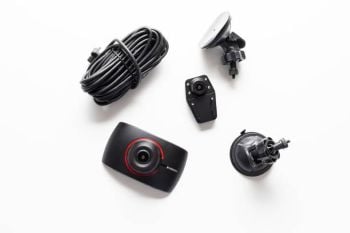
Before you buy anything, think about why you need a dash cam. Is it just for basic recording? Or do you want something with extra features like GPS or cloud backup?
If you drive often (especially for work), it’s worth investing in a better model. But if it’s just for occasional use, a simple one will do.
Tip: Malaysians who drive long distances or park in public areas usually go for dual dash cams with parking mode.
Prioritize Video Quality
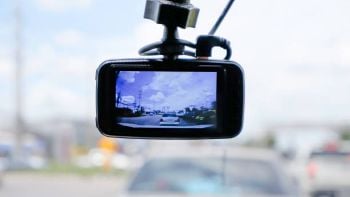
Resolution isn’t just a flex. When something happens on the road — a motorcyclist suddenly cuts in, or someone brakes for no reason — you want every detail captured clearly.
- 1080p Full HD is the minimum. Anything lower and you’re basically filming with a potato.
- 2K or 4K? Nice to have, especially if you drive often at night or in high-traffic areas like KL or PJ.
- Look for wide-angle lenses (140°–170°) to capture more of the road and the sides.
Pro Tip: Night vision isn’t just marketing. Go for a cam with a Sony STARVIS sensor if you drive often at night. It’s the real MVP.
Front, Rear, or Both?
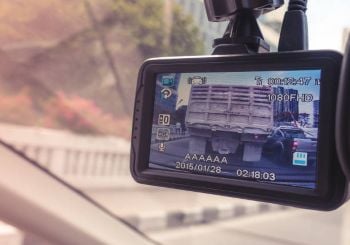
- Single-channel dash cams record only the front. Good enough for basic coverage.
- Dual-channel setups (front + rear) are ideal for complete protection, especially if you're parked in shady areas or dealing with tailgaters.
Some even offer interior cams, perfect for Grab drivers or parents monitoring teen drivers.
Don’t Skip Parking Mode
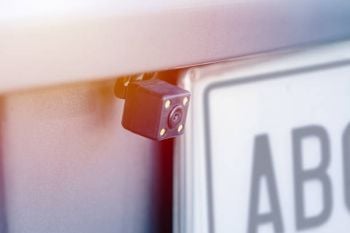
Even when your car is parked, drama can happen — side swipes, door dings, or someone trying to steal your side mirror (yes, still happens in 2025). That’s where parking mode kicks in.
There are 3 types:
- Buffered Parking Mode: Records several seconds before and after a detected motion or impact. Premium feature.
- Time-Lapse Mode: Records continuously at a low frame rate to save storage.
- Impact Detection Mode: Only activates when it feels a jolt (via G-sensor).
Note: Parking mode needs a hardwire kit or external battery (not your car battery) to avoid draining power. Ask your installer!
GPS and Speed Tracking
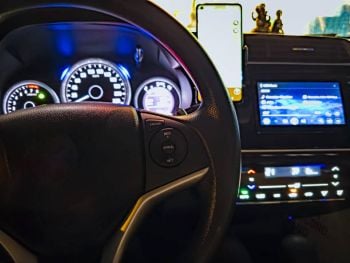
Some dash cams come with built-in GPS. It shows your location and speed in the video. Super helpful if you need to explain what happened in an accident.
It’s not a must, but many Malaysians find it useful when making insurance claims.
Storage – What Memory Card Do You Need?
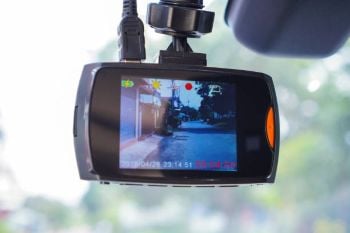
Dash cams record in loops. That means it records over old footage when storage is full.
You’ll need a Class 10 microSD card, ideally 64GB or more. Some dash cams support up to 256GB, which is great if you travel a lot.
Bonus tip: Choose a dash cam that warns you when the memory card is full or corrupted.
Installation — DIY or Professional?
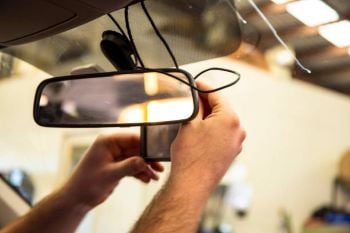
If you're the "I can fix this myself" type, you can DIY — just tuck the wire neatly under the car lining and plug into your 12V socket.
But for parking mode or dual-channel cams, it’s safer to get a pro installer. Cost usually ranges from RM80–RM250, depending on complexity. It is totally worth it if you want a clean setup.
Bonus Features Worth Considering
Okay, not “must-haves” — but definitely “nice-to-haves”:
- Built-in Wi-Fi – Easily view or download footage on your phone.
- Voice Control – Hands-free operation. Some models support English or even Malay commands.
- ADAS (Advanced Driver Assistance System) – Alerts if you're drifting lanes or too close to the car in front.
Just make sure you’re not overpaying for features you won’t use.
Final Thoughts
Choosing the right dash cam doesn’t have to be hard. As long as you know what features you need, you can find one that fits your car and your budget. Remember, a good dash cam can be your best friend on the road, especially in Malaysia’s unpredictable traffic.
Now that you know how to choose a dash cam, go ahead and make a smart choice. Your future self will thank you!
